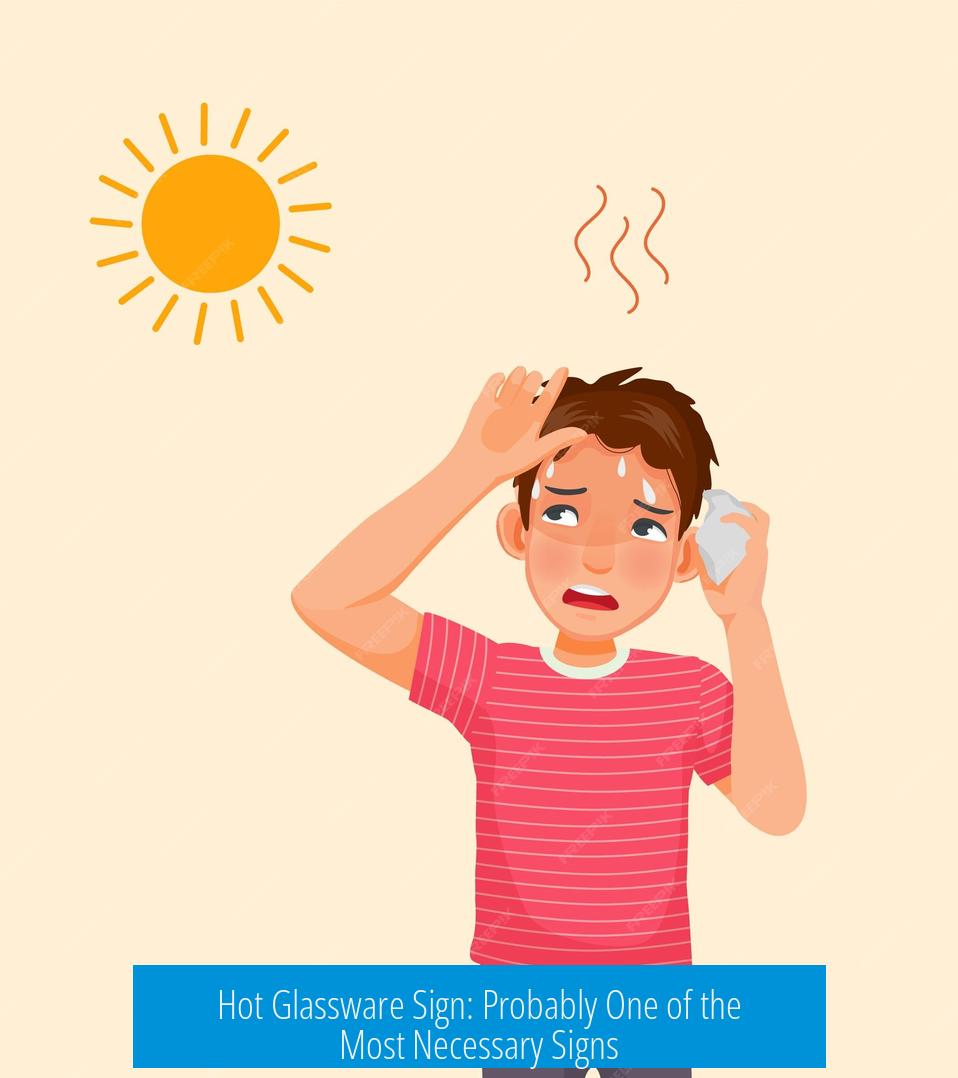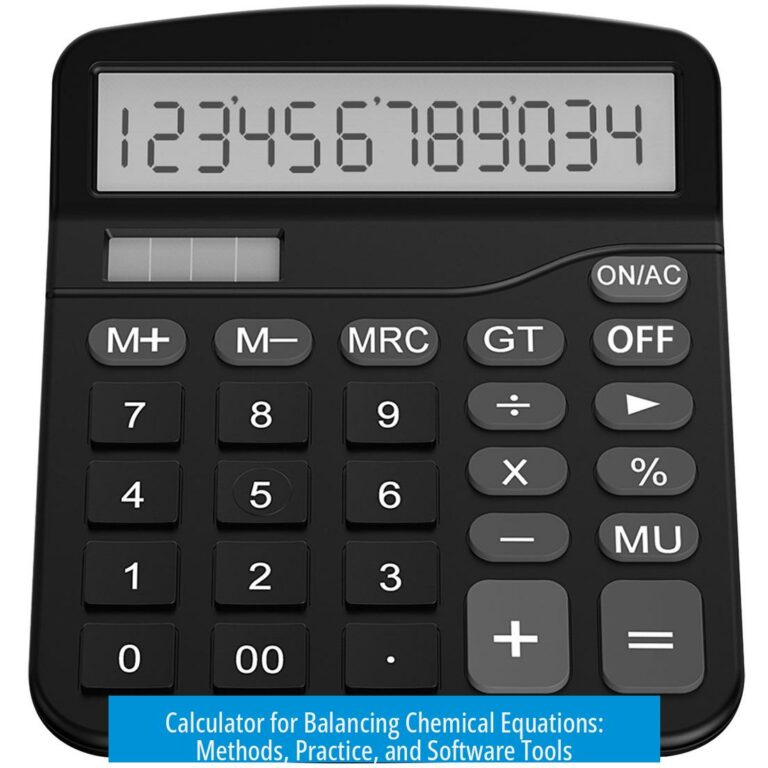Hot Glassware Sign: Probably One of the Most Necessary Signs

The hot glassware sign is a critical safety tool aimed at warning individuals about the danger of handling hot glass objects. It helps prevent burns and injuries by clearly marking hot glassware, which may otherwise appear harmless. Such signs play a vital role in protecting people in kitchens, laboratories, and various workplaces.
Importance and Purpose of Hot Caution Signs
Safety signs significantly reduce risks in environments where hazards are present. The hot glassware sign acts as a specific warning to prevent direct contact with hot surfaces or objects.
Burn injuries from hot glassware can cause serious harm. Unlike metals or plastics, heated glass may not visually differ from its normal state, making the risk less obvious.
- The sign raises awareness by alerting individuals to potential burns.
- It reminds people to handle glassware carefully, especially after heating.
- Prevents accidents by informing before contact.
With hot glass items, injuries often occur due to an absence of clear warnings. The sign helps bridge that information gap.
Typical Locations and Applications
Hot glassware signs are useful wherever hot glass tools or containers are in use. These locations include:
- Kitchens and Food Preparation Areas: Glass pots, dishes, and cups often become hot after cooking, demanding clear caution signs.
- Laboratories: Glass beakers, test tubes, and flasks used under heat sources pose burn risks.
- Industrial Facilities: Glass components within machines or during manufacturing processes may heat unexpectedly.
- Public Spaces: Cafeterias, coffee stations, or buffet areas where hot glassware is accessible.
Workplaces rely on these signs to comply with safety regulations and promote a culture of accident prevention.
Types of Hot Caution Signs
| Type | Description | Application |
|---|---|---|
| Wall/Fixed Signs | Permanent signs attached near hot glassware or equipment. | Kitchens, labs, factory walls close to heat sources. |
| Movable Signs | Portable warnings for temporary hazards. | Placed on countertops or around hot glassware in cafeterias. |
| Durable Labels | Heat-resistant labels applied directly to items. | Suitable for glass equipment in manufacturing or scientific settings. |
Each type serves to ensure visibility and effectiveness according to the environment.
Visual Design and Symbolism
Effective hot glassware signs use clear graphical symbols that communicate the danger swiftly. The commonly used icon is a hand surrounded by heat waves, symbolizing heat risk to skin.
- Simple color schemes such as yellow backgrounds and black text/icons enhance visibility.
- Use of signal words like “CAUTION” makes the warning explicit.
- Symbols attract attention faster than text alone.
Severity and Classification of Warning Signs
Warning signs are categorized based on the severity of risk, guiding how they should be used for glassware hazards.
- DANGER: Implies imminent risk of serious injury or death from hot surfaces.
- WARNING: Indicates potential for serious injury if caution is not exercised.
- CAUTION: Shows risk for minor or moderate injury, typical for hot glassware signs.
- NOTICE: Applies to procedural instructions without physical injury risk.
Hot glassware signs usually employ the “CAUTION” category to warn about burn risks.
Practical Use and Accessibility
Modern hot glassware signs are customizable and easy to access.
- Users can select symbols and text matching the exact hazard.
- Signs are downloadable for free, ensuring broad accessibility.
- Ready-to-print images make implementing safety measures swift and economical.
Free sign generators enable workplaces of all sizes to create compliant safety warnings instantly.
Overall Safety Strategy
Integrating hot glassware signs within a safety program reduces burn accidents effectively. Proper placement ensures the risk is spotted before contact.
Use these signs as part of a wider approach that includes:
- Staff training on hot glassware handling.
- Routine inspection of glassware condition and heat sources.
- Adherence to legal safety frameworks and standards.
Such a strategy creates safer kitchens, labs, and factories for workers and visitors.
Key Takeaways
- Hot glassware signs are essential tools to warn about burn risks from heated glass objects.
- They prevent injuries by raising awareness and providing clear, visible warnings.
- Common locations include kitchens, laboratories, industries, and public food areas.
- Signs come in fixed, movable, and label forms suited to different environments.
- Use recognizable symbols and caution-level wording for maximum clarity.
- Free, customizable signs are widely available to help businesses and institutions comply with safety standards.
- Employ these signs alongside training and safety protocols for comprehensive risk management.
What is the main purpose of a hot glassware sign?
It warns people about hot surfaces to prevent burns. The sign alerts users before they touch hot glassware, reducing injury risks in kitchens or labs.
Where should hot glassware signs be placed?
Place them near hot glass items in kitchens, cafes, labs, or manufacturing areas. Any spot where hot glassware poses a burn risk needs clear signage.
Are there different types of hot caution signs suitable for glassware?
Yes, signs can be fixed on walls, movable on countertops, or applied as durable labels on equipment. Choose based on location and use.
Can I customize and freely use the hot glassware caution signs?
You can create and download personalized signs for free, selecting icons and text specific to your needs.
Why is a hot glassware sign important in safety compliance?
It helps meet safety regulations by clearly marking burn hazards. This reduces accidents and supports safer workplaces.





Leave a Comment